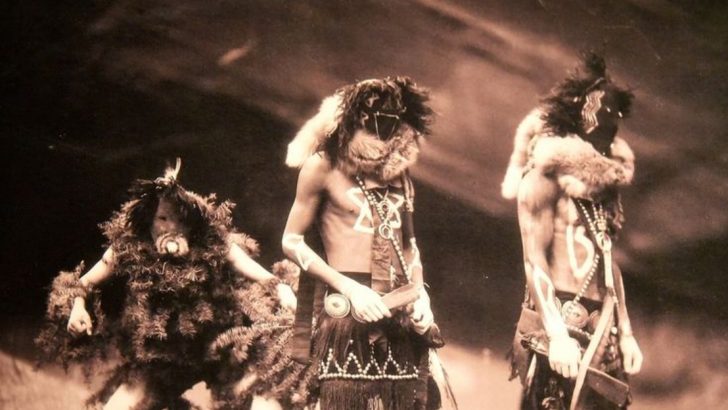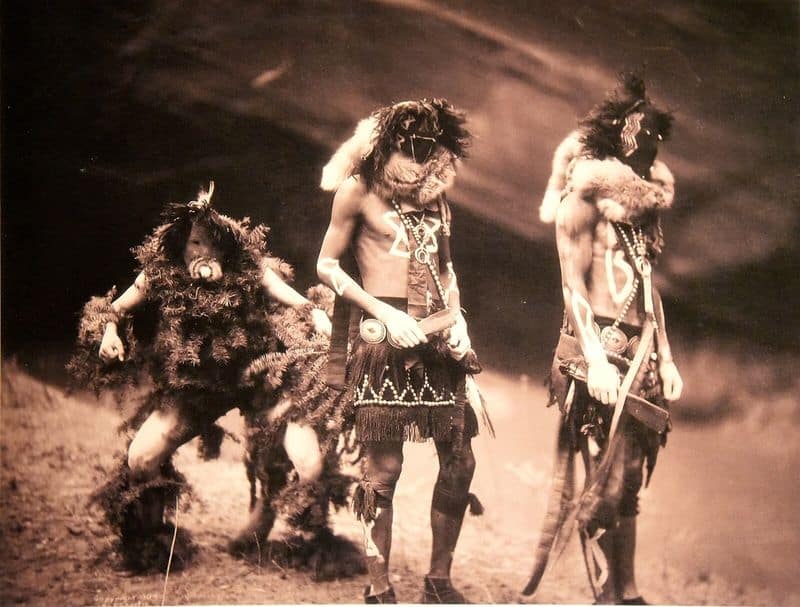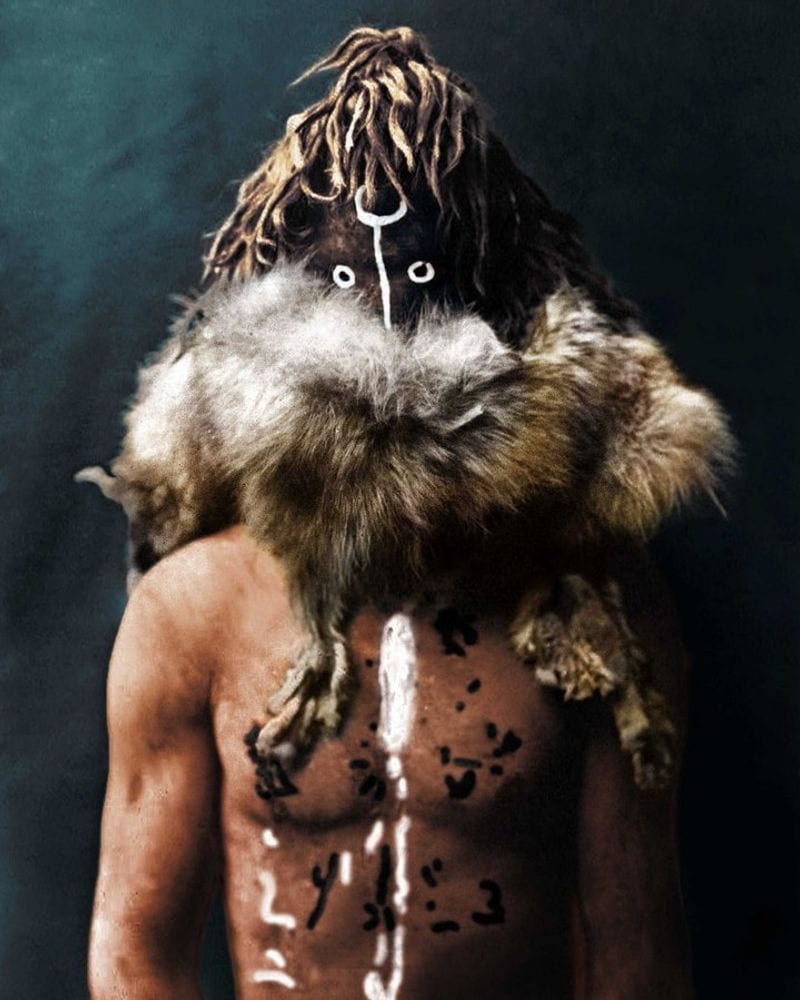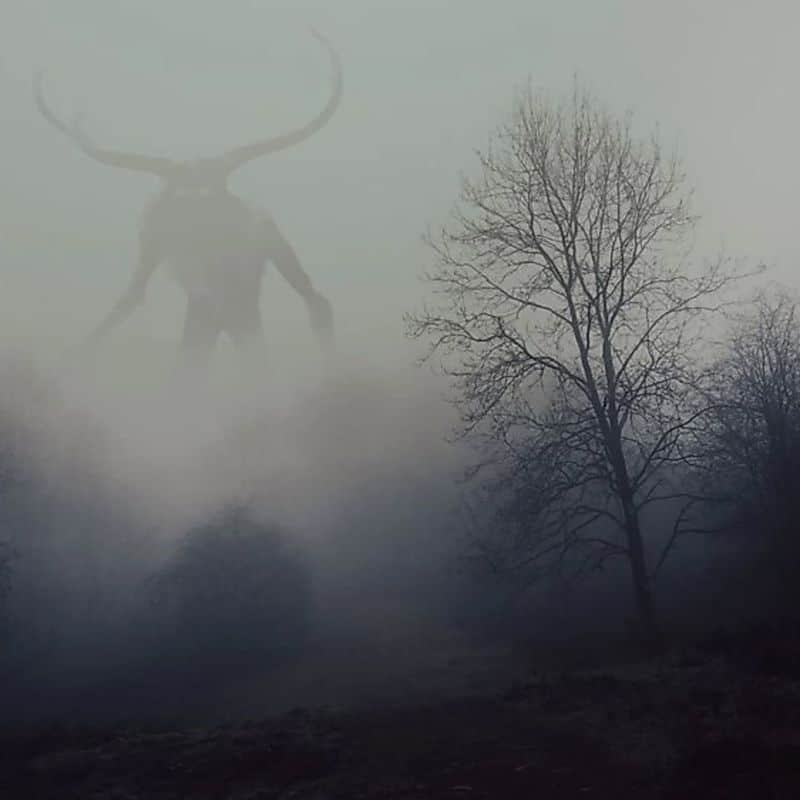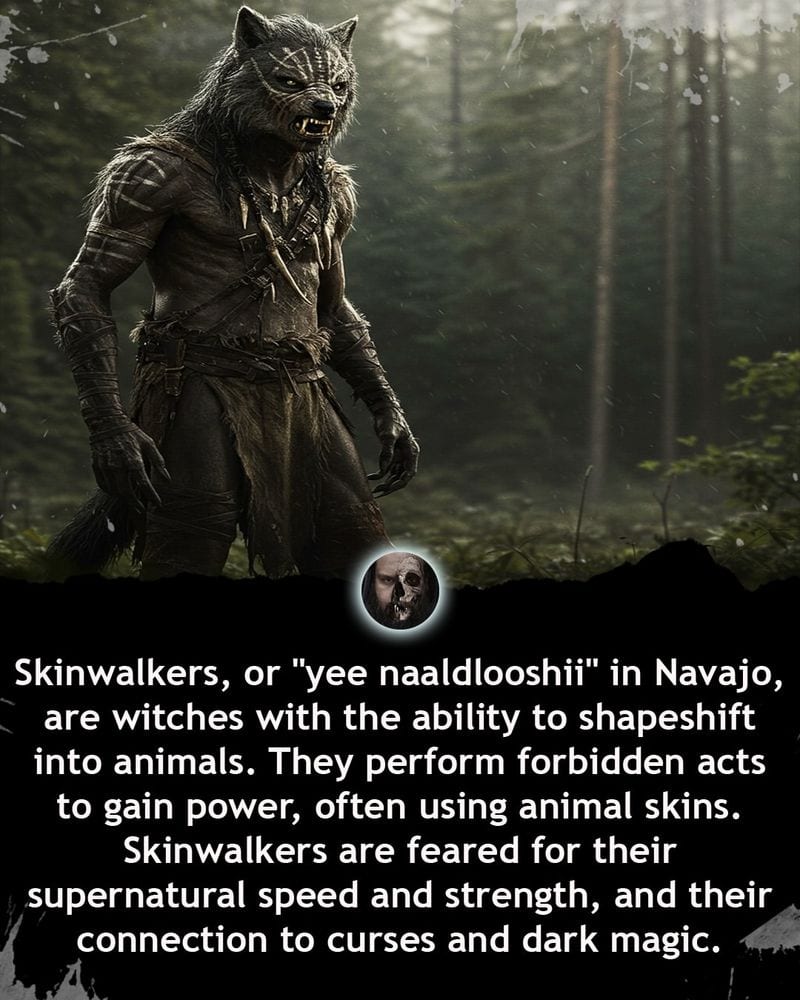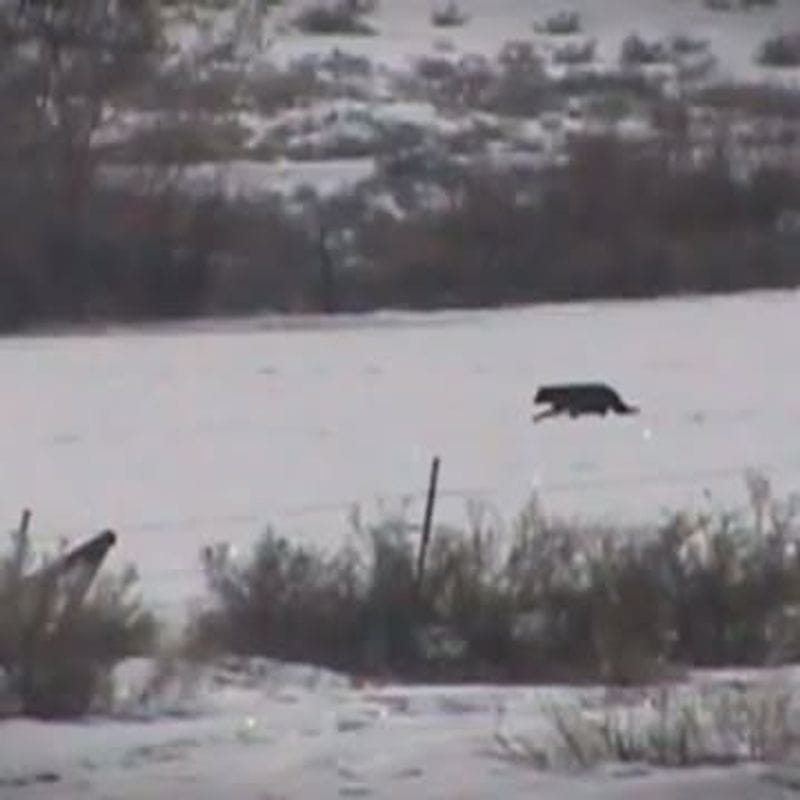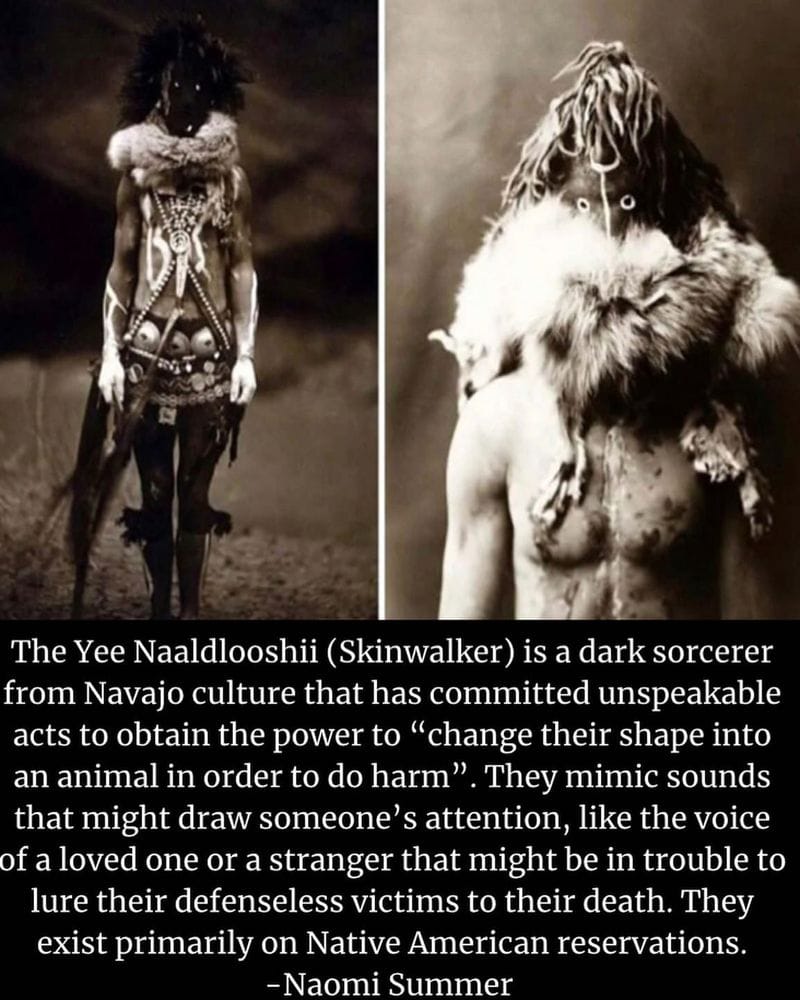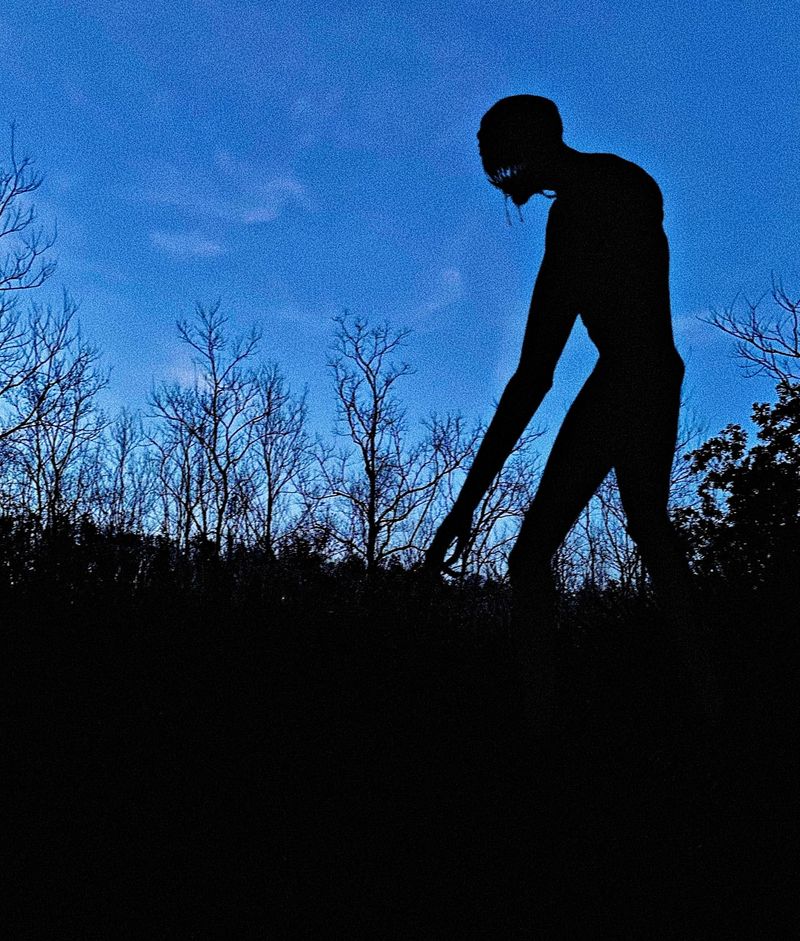Deep within Navajo folklore lurks one of the most feared supernatural beings in Native American culture – the skinwalker.
These malevolent witches possess the terrifying ability to transform into animals through dark magic rituals. Known as yee naaldlooshii in the Navajo language, meaning “with it, he goes on all fours,” skinwalkers represent the dangerous consequences of breaking sacred tribal taboos.
Their legends continue to send shivers down spines and teach important cultural lessons about respecting spiritual boundaries.
1. Origins in Navajo Culture
Skinwalker legends originate specifically from Navajo traditions, where they represent the darkest form of witchcraft. These entities aren’t born supernatural – they’re humans who’ve chosen to corrupt their spiritual power.
To become a skinwalker requires the ultimate taboo: killing a close family member. This horrific act severs their connection to humanity and grants access to forbidden knowledge.
Many Navajo people consider discussing skinwalkers dangerous, believing that merely speaking about them might attract their attention. This cultural silence has preserved the authentic details while limiting outsiders’ understanding of these complex spiritual beings.
2. Transformation Rituals
Donning animal pelts forms the core of skinwalker transformation magic. A skinwalker must perform specific ceremonies involving stolen ceremonial items and forbidden chants to achieve their shapeshifting ability.
According to Navajo beliefs, the transformation isn’t merely physical but represents a spiritual corruption. The witch literally takes on aspects of the animal’s spirit while retaining human intelligence – creating a dangerous hybrid entity.
Coyote forms appear most commonly in traditional accounts, though wolves, bears, foxes, and various birds of prey also feature prominently. The animal chosen often reflects the specific powers the skinwalker wishes to harness.
3. Supernatural Powers
Beyond shapeshifting, skinwalkers possess an arsenal of terrifying abilities. Their supernatural speed allows them to cover vast distances in seconds – witnesses report seeing them keep pace with vehicles traveling over 60 mph.
Mind manipulation ranks among their most feared talents. Skinwalkers can project thoughts into victims’ minds, creating confusion or paralyzing fear. They’re believed to read human intentions, making them nearly impossible to ambush.
Perhaps most disturbing is their mimicry ability. A skinwalker can perfectly replicate the voice of loved ones to lure victims into isolation. This explains why many Navajo teachings warn against responding to voices calling your name at night.
4. Protection Against Skinwalkers
Ash from white sage acts as a powerful deterrent against skinwalkers according to traditional Navajo beliefs. Many families still maintain protective rituals involving sage burning, especially during vulnerable times like childbirth or illness.
Firearms loaded with bullets dipped in white ash represent another traditional defense. Some communities maintain that only bullets blessed by medicine men can truly harm these entities.
Modern Navajo homes often incorporate protective elements subtly into their architecture. Doorways facing east (representing new beginnings) and specific window arrangements disrupt skinwalkers’ ability to observe or enter homes, blending ancient protection with contemporary living.
5. Modern Encounters
The infamous Skinwalker Ranch in Utah has become a hotspot for alleged skinwalker sightings since the 1990s. This 512-acre property has documented numerous unexplained phenomena, from cattle mutilations to shape-shifting entities that defy conventional explanation.
Highway travelers through Navajo Nation lands occasionally report disturbing encounters with humanoid figures that suddenly transform or move with impossible speed. These accounts typically occur at night on remote stretches of road.
Law enforcement officials within tribal jurisdictions maintain unofficial protocols for reports involving potential skinwalker activity. While publicly skeptical, many officers privately acknowledge the persistence of these encounters and their impact on community safety perceptions.
6. Cultural Significance
Skinwalker stories serve as powerful moral teachings within Navajo communities. These legends emphasize the consequences of prioritizing personal power over community harmony – a fundamental value in Navajo culture.
Many elders use skinwalker narratives to teach children about respecting boundaries, both physical and spiritual. The fear associated with these entities reinforces cultural taboos against disturbing sacred sites or practicing forbidden rituals.
For generations, these stories created a natural conservation system. Areas described as skinwalker territories often coincide with dangerous locations or ecologically sensitive zones, effectively preserving them through fear while maintaining important wilderness boundaries.
7. Pop Culture Distortions
Hollywood has dramatically altered public perception of skinwalkers through films and television shows. These portrayals typically emphasize the shapeshifting aspects while ignoring the complex cultural context and spiritual implications.
Recent video games and horror literature further simplify skinwalkers into generic monsters. This commodification of sacred beliefs has frustrated many Navajo cultural preservationists who see their spiritual traditions reduced to entertainment.
The internet has spawned countless skinwalker “creepypastas” – fictional horror stories presented as true accounts. These fabrications blend authentic elements with invented details, creating a distorted understanding that many mistake for traditional knowledge about these complex spiritual entities.

